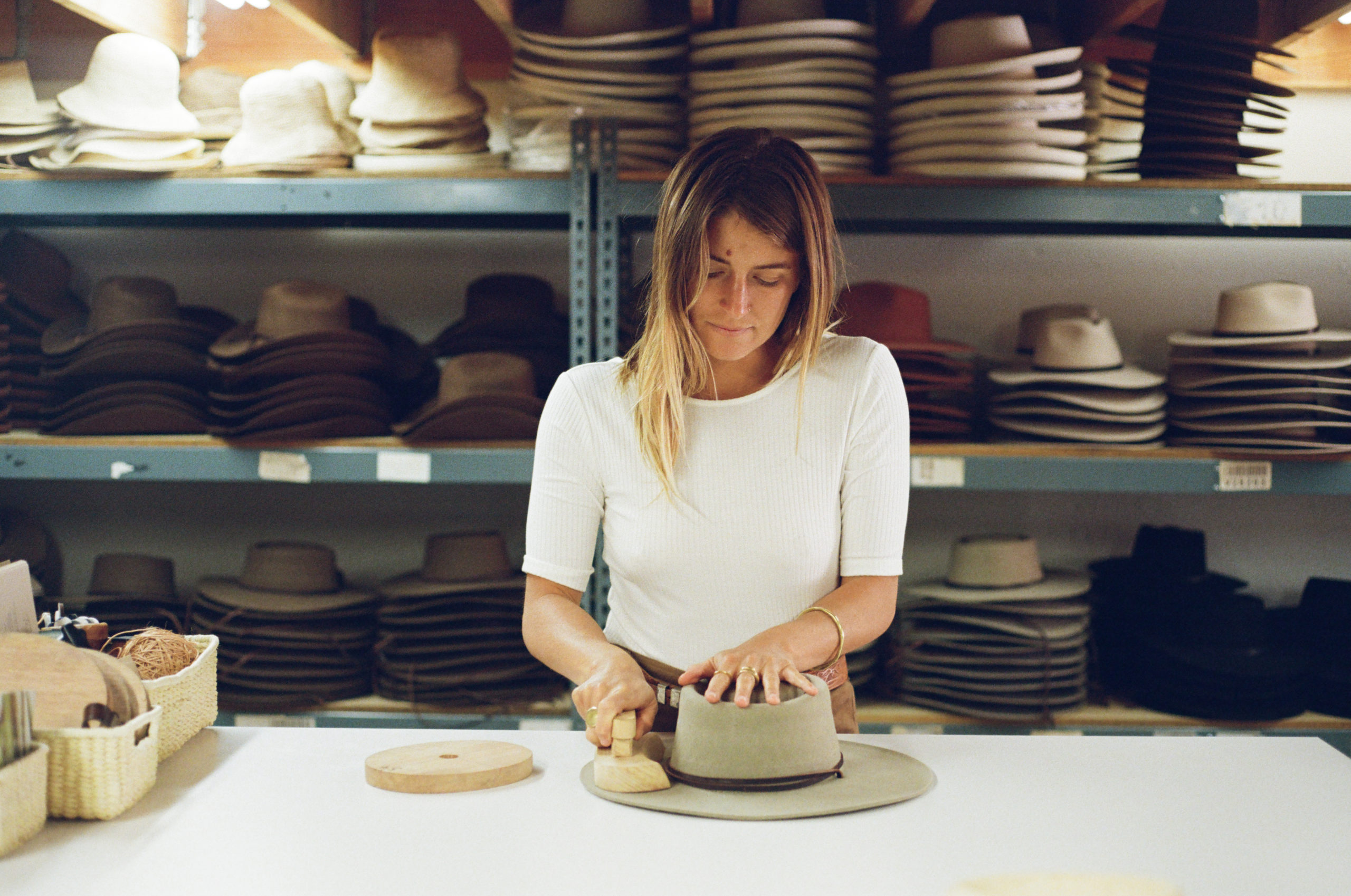Highlight & Interview by Lily Day
Photos of Emily by: Kimmy Le
Each bag is produced using 100% all-natural materials. The fiber originates from sustainably harvested cabuya—a type of cactus native to Central America. The fibers are colored using specially prepared, chemical-free dyes made from handpicked, native plants of Ecuador. Buying a Minga bag directly supports their artisan partners and ensures that their multi-generational tradition of crafting with cabuya fibers survives for generations to come.
To sweeten the pot even more, Minga also partners with a family of fifth-generation hat-makers to highlight a traditional process that uses ancient crafting methods and techniques to make a hat that lasts.
You can find Minga, an elevated and earth-inspired brand, at the intersection of sustainability and style—our favorite place. We were lucky enough to sit down with Emily, the courageous founder of Minga, and talk about everything from plant to product. Needless to say, we love Emily and we will be wearing Minga for years to come.
“From plant to product, we strive to do all things rooted in love, intention, and transparency.”
│
Can you give us some backstory on how the brand was born?
Minga was born to share the stories and hands I was captivated by while on the road. After five years of traveling abroad and working remotely as a graphic designer, I was seeking to create something with a bit more soul and meaning, mixed in with a community and craft.
I was living in Lobitos, Peru at the time working for a surf nonprofit and met some inspiring people, fell in love, got lost, and found my way back to myself after deciding to pursue an artisan-based brand. I was initially searching for partners in Peru since that was where I was however, I wasn’t having much luck… A few days later a group came to volunteer with our nonprofit and passed me along to my now-partners, the women’s group they had just met in Ecuador, who was looking for someone to help them design and distribute their work. It’s a magical story, if we ever meet in person one day and you have some time, I’ll tell you the full story.
Can you describe the brand in a few words?
Elevated accessories that uphold sustainability while celebrating heritage craftsmanship.
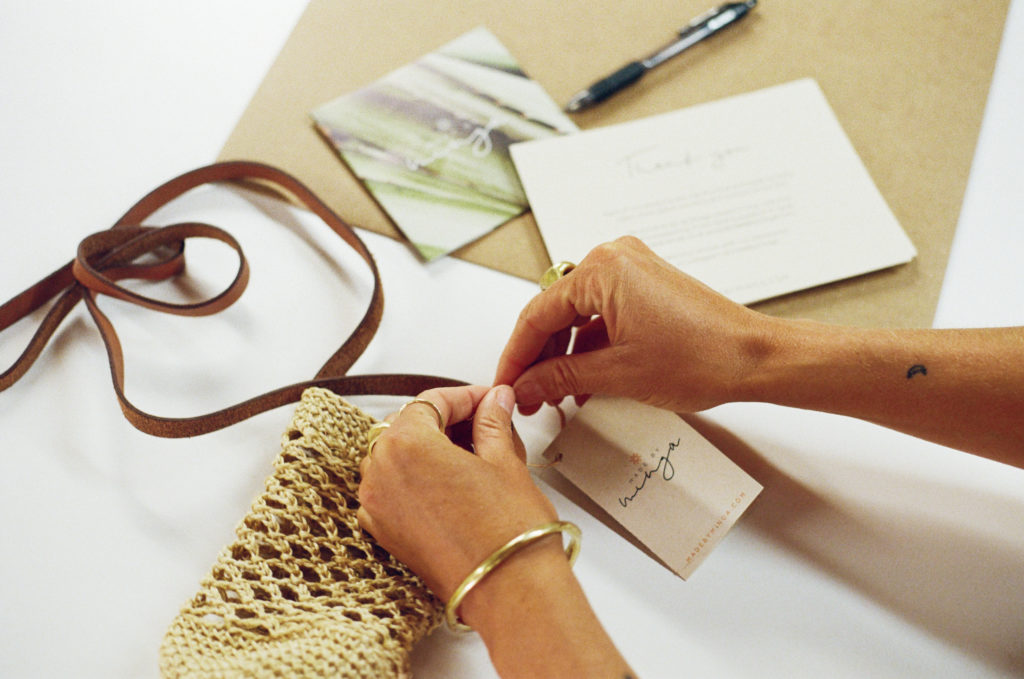
Tell us a bit more about yourself as the brand founder and how the work is divided between the different team members.
It was nearly four years ago since I launched the first collection of plant-fiber bags in partnership with the women’s group in Ecuador. I had spent months living within this small community to understand their story and craft while traveling back and forth from the US to work on new products, designs, and growing the business side of Minga.
This season birthed the Minga vision and since then I’ve fallen into all the roles outside of founder and designer: Customer service agent, shipping and sales, event coordinator, social media guru, backyard photographer, and all things marketing. Luckily in the past year, I’ve learned to give up more control and now work with a small team of freelancers to invest back into the brand. Currently, I work with a copywriter, graphic designer and someone who helps with part-time fulfillment, as well as photographers, models, and influencers. (Hi Lily!) My day-to-day depends on what’s happening within the brand that month. I work on all things design and production, coordinating with our artisan partners, sourcing new products and groups, as well as focusing on overall strategy, partnerships, and growth. Minga is always seeking to grow creatively along with our customers while staying true to the artisanal processes we started with.
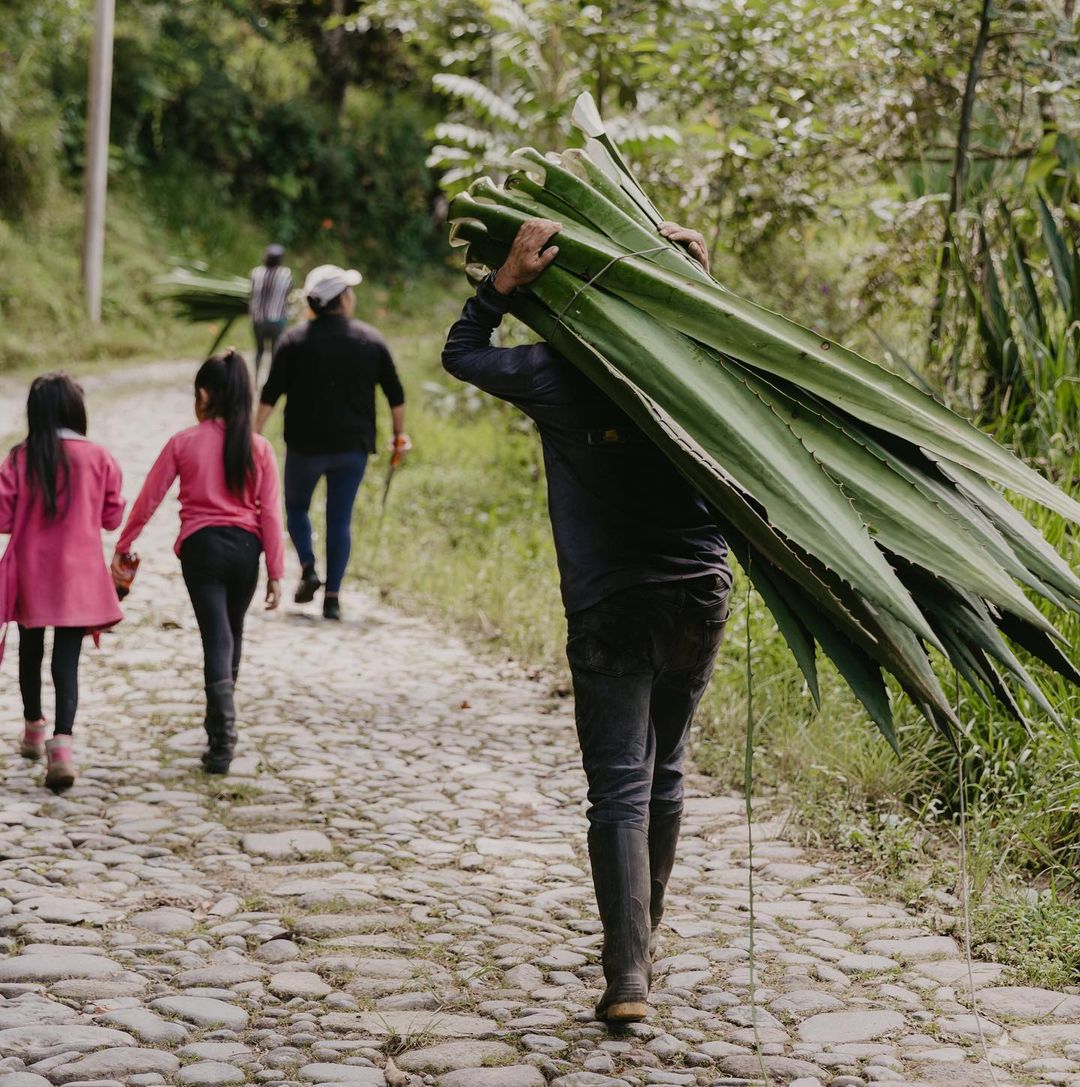
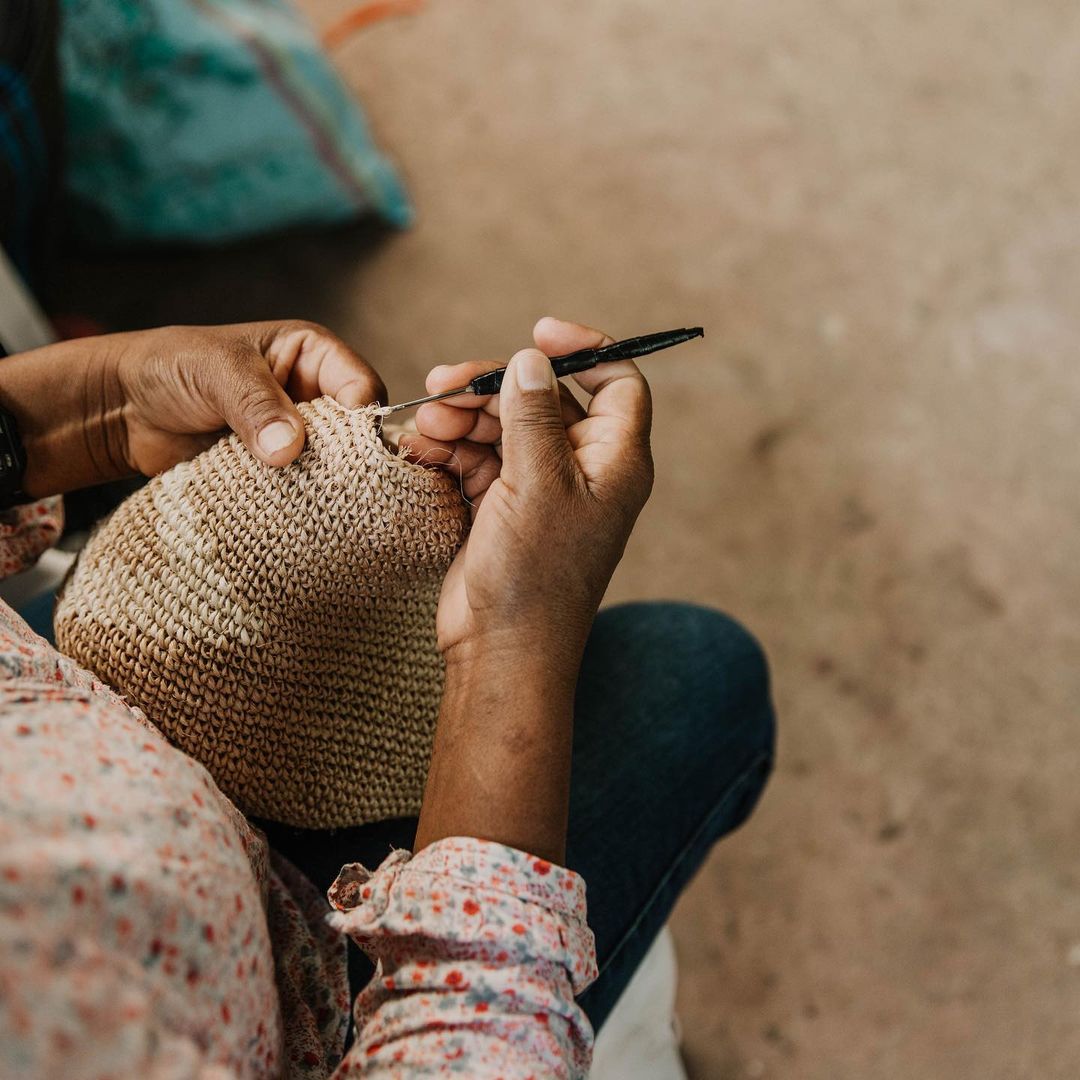
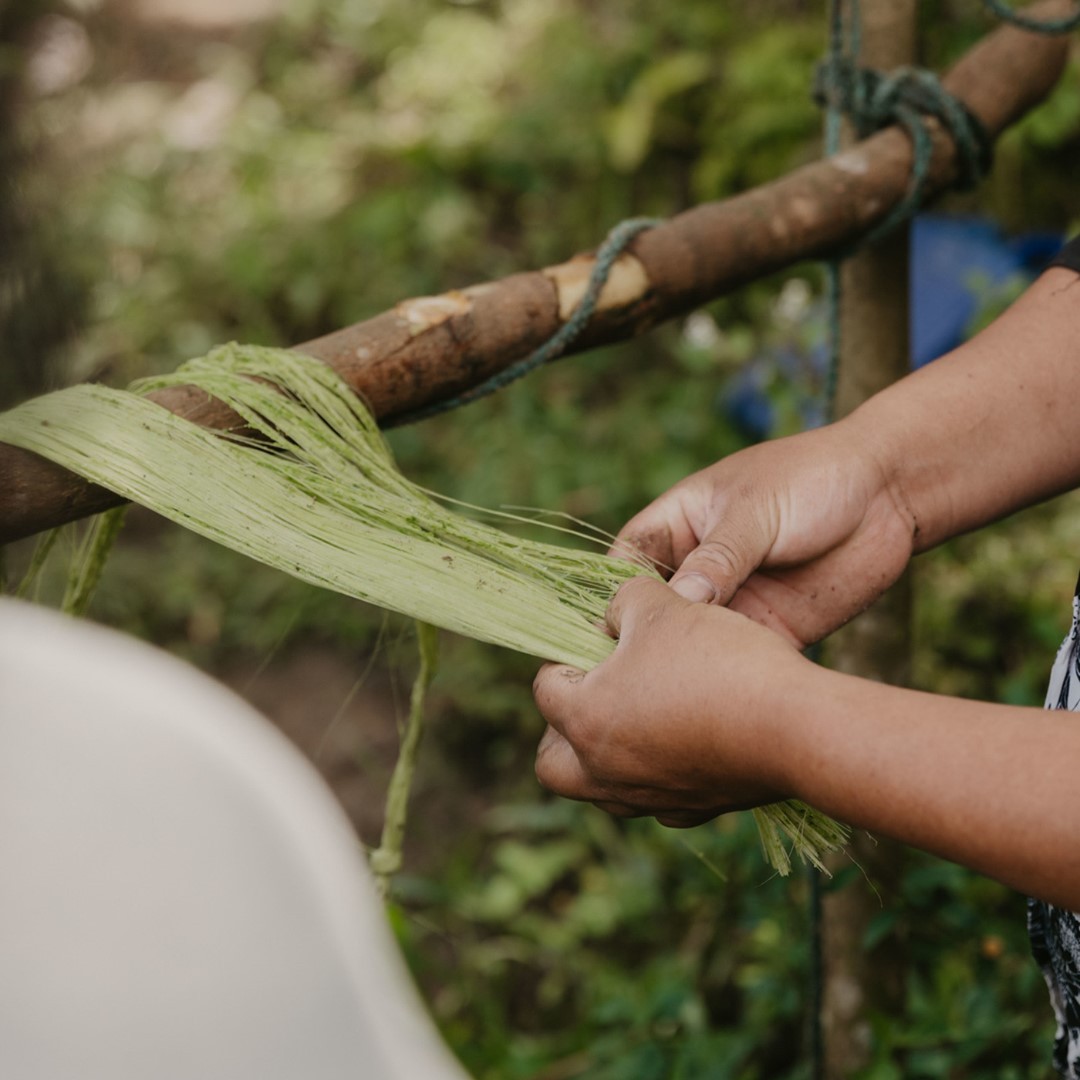
How is the brand currently sustainable?
Sustainable materials and processes, like natural fibers and plant dyes, create our heirloom-quality pieces that enhance the quality of life for both the consumer and the producer. By offering pre-orders and hosting sample sales we ensure our process remains sustainable and meets the need without creating excess. We intentionally create products that last because we believe in passing things down. We also try our best to be mindful of our packaging, waste, and who we partner with – trusting that they uphold the same values.
Where does the brand derive its design inspiration?
I’d say my personal style comes from a mix of being comfy, functional, and wearing what makes me most feel like myself. Mostly all of my clothes are from thrift shopping – whether that’s swap meets or estate sales.
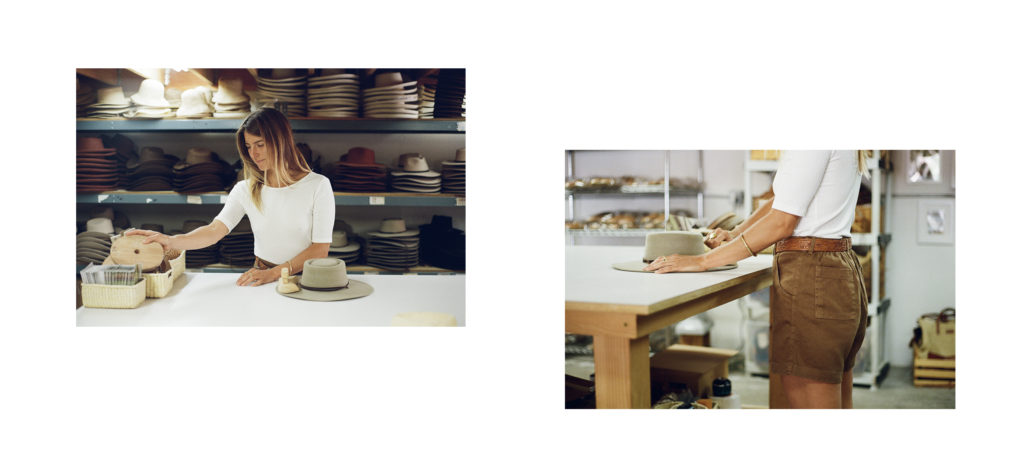
Where are the items typically made?
All of our items are made in Ecuador – I work with five groups of highly skilled, multigenerational artisans. These artisans create bags, hats, and accessories made one hundred percent by hand with all-natural, plant-based materials. Modern technology is not involved in the creation process. There are no factories. All of our products are made in the homes or studios of our makers.
“One of the challenges I face as a small business owner is one that I’m sure many small brands can relate to—juggling too many tasks at once, feeling like there’s not enough time in the day, and constantly rediscovering the meaning of finding balance between life and work.”
Tell us more about your process of creation, from an idea to how you determined the design, the sustainable (organic and natural) materials, to product development.
Being on the ground in Ecuador brings out so much goodness – From the tones of the mountains to taking part in the natural dying process with our artisan partners – My senses come alive and I find ideas come easier to me while I’m immersed in our process and out of my day to day here in California. Most of my time spent designing and testing is in the studios alongside my artisan partners – This is where the magic happens; they are in fact the masters of the craft. I’m simply guiding the ship in the direction we want to go in.
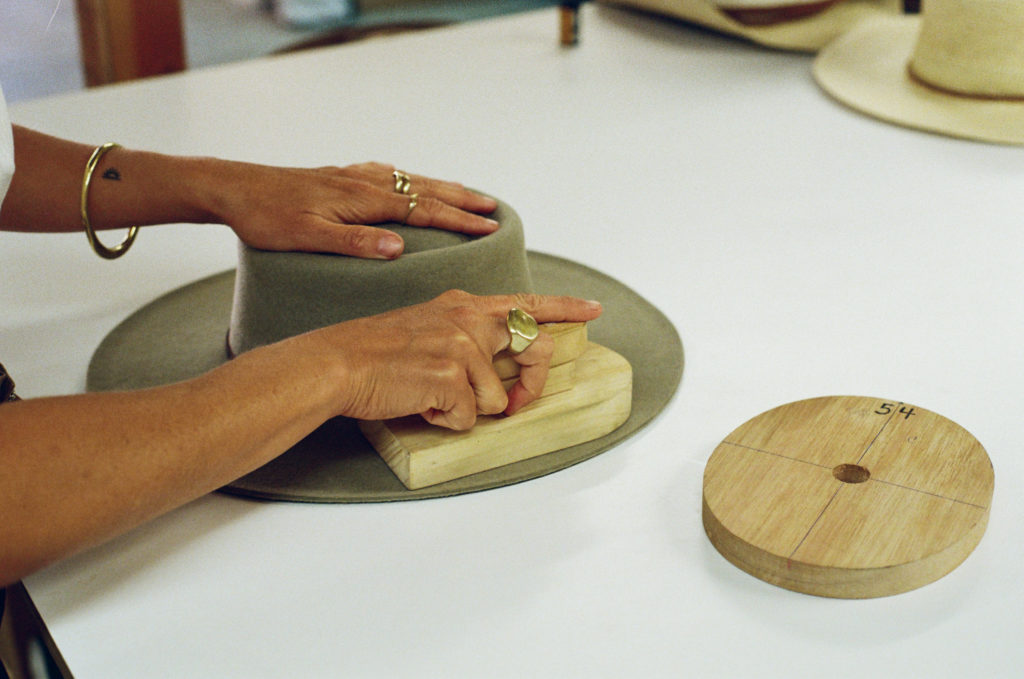
What kind of challenges did you encounter while creating the brand?
When I started Minga it was difficult to connect and work with the women’s group since my Spanish was at a beginner level… Luckily being thrown into an environment where I was forced to learn really sped up that process and now I run over half of my business in Spanish which feels like one of the largest accomplishments of my 20s.
One of the challenges I face as a small business owner is one that I’m sure many small brands can relate to—juggling too many tasks at once, feeling like there’s not enough time in the day, and constantly rediscovering the meaning of finding balance between life and work.
I’m really excited about the chance to partner with the community to help facilitate experiences that will leave an impact – something much larger than a hat or bag.
Since you are crafting an item with very specific types of materials, what are some of the difficulties that you face when it comes to manufacturing?
We work with a natural plant fiber called Cabuya to create our bucket hat and bag collections. For thousands of years, inhabitants of Ecuador have been using cabuya to weave an array of products ranging from carrying sacks, ropes, shoes, mattresses, to baskets and bags. The plant towers over any human; its leaves are strong and thick, explaining why the durable fiber is perfect for processing. But with the rise of plastics, their need and production have significantly decreased. This means that there are less farmers growing the plant and at times there are shortages where we can’t find the fiber. At times orders are delayed or prices increase given this supply issue however, we learn to deal with it and we like to think our customers understand.
Another aspect we’re constantly working on within our brand is consistency. Everything is hand made which results in variation. Each hand is different, some crochet knots looser, some tighter. Our natural dying process also can vary from batch to batch, sometimes lighter and at other times darker. We’ve created a system of plant dying as a group and using quality control checking systems to ensure consistency with our products. We also communicate the importance of unique, one-of-a-kind products with our community to help set expectations.
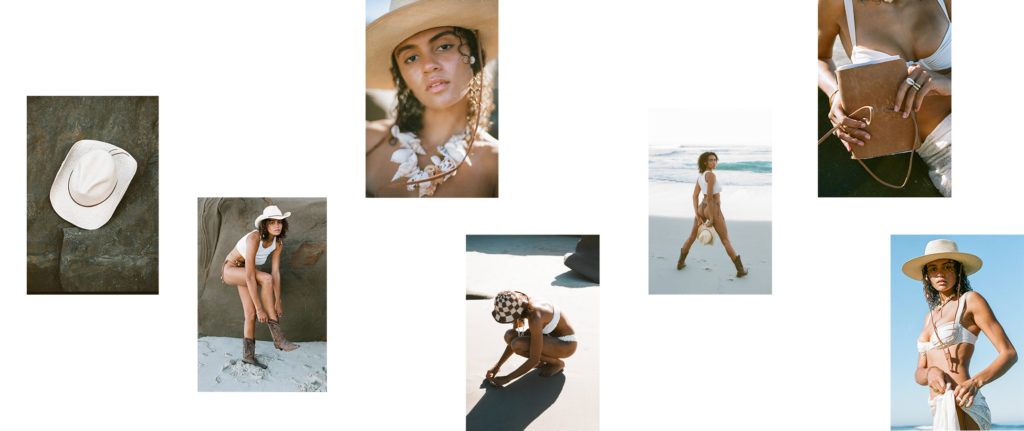
Does the brand have any collaborations or upcoming campaigns that you are excited about? Any new product launches planned for the future that you want to tell us about?
We recently just launched our Spring/Summer Hat Collection – I’m so excited to share it with the world. So much work went into it and it’s our second round of summer hats. We shot with Lily, from Warm, to showcase all the new products so you know it’s looking fly. Check it out here!
And now that we’re past the pandemic, we get to run more Creative Escape trips – A behind the scenes creative trip to meet our makers and learn, hands-on about the traditional arts we love and support at Minga. It includes hands-on workshops in the studios of our partners so you get to see the process firsthand and design your own hat, work with leather and create natural dyes. There’s lots more to it; I’ll leave that up to you by visiting our page here.
What are your long-term plans for the brand? Where do you see the company in 5 years from now?
This past winter I finally got to go back to Ecuador after nearly two years of working via Whatsapp with our partners given the pandemic. It truly reignited my soul with ideas for the future and reminders of why Minga began. I’ll be spending more time there to work on long-term projects. We are hoping to acquire a small piece of land to start a garden full of all the plants we use for our botanical dyes and start growing our own agave to harvest fiber from. We are in the very beginning stages of planning ongoing community workshops to showcase the traditional crafts of natural fibers and dyes to the younger generation in hopes of it living on. I’m really excited about the chance to partner with the community to help facilitate experiences that will leave an impact – something much larger than a hat or bag.
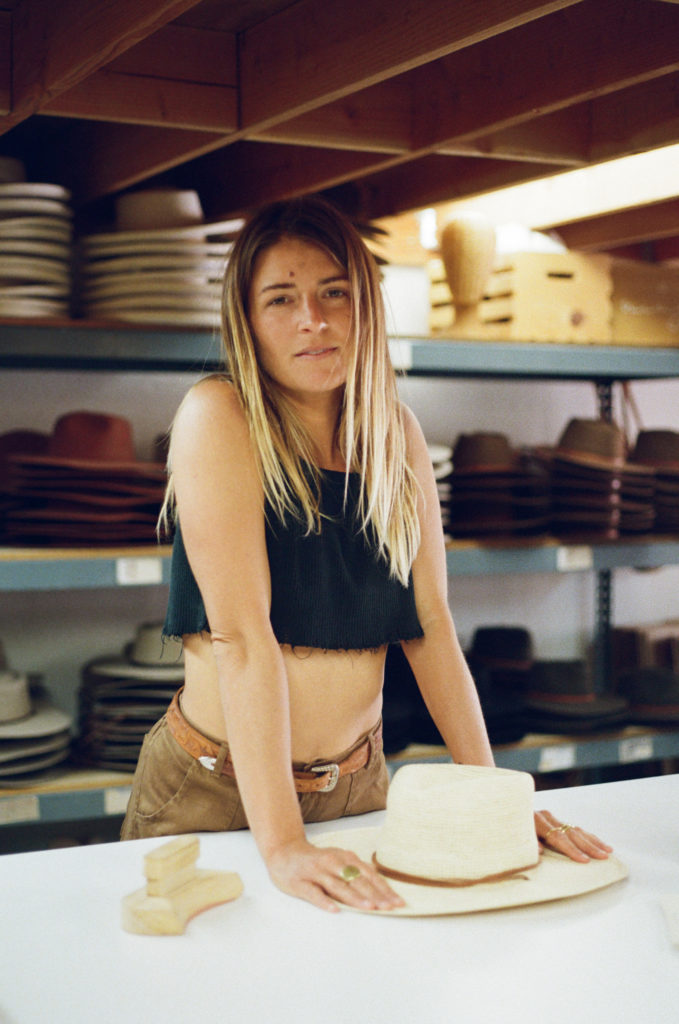
│
